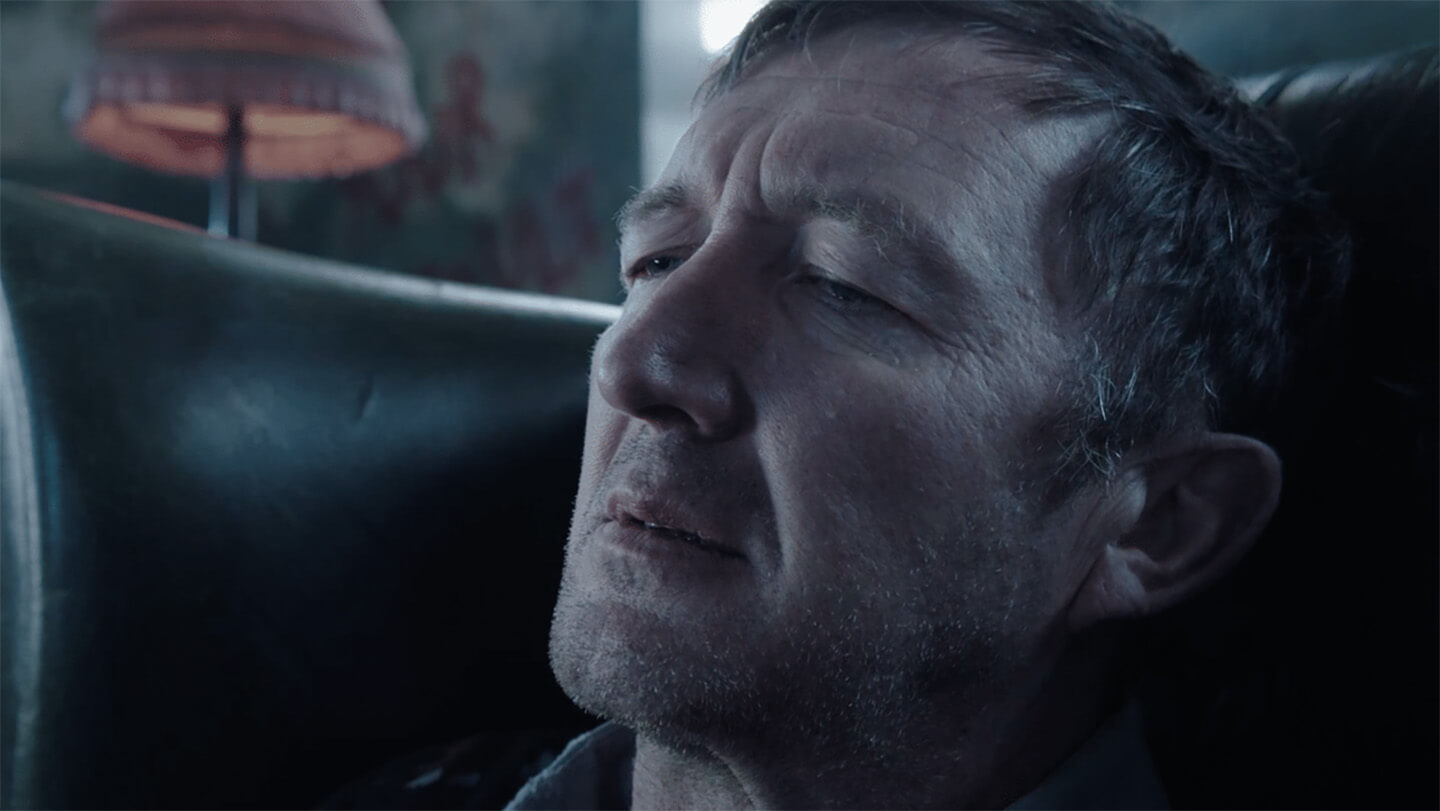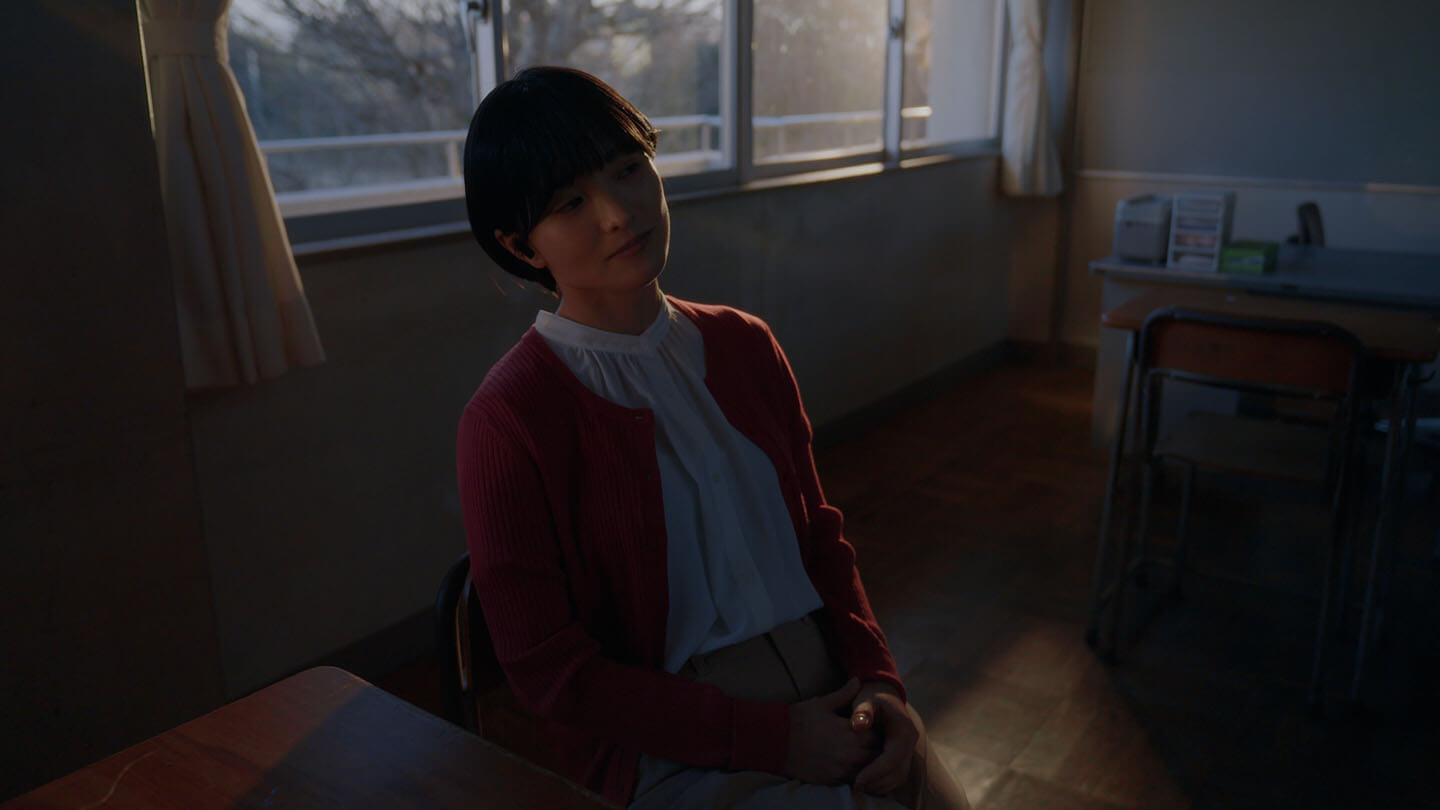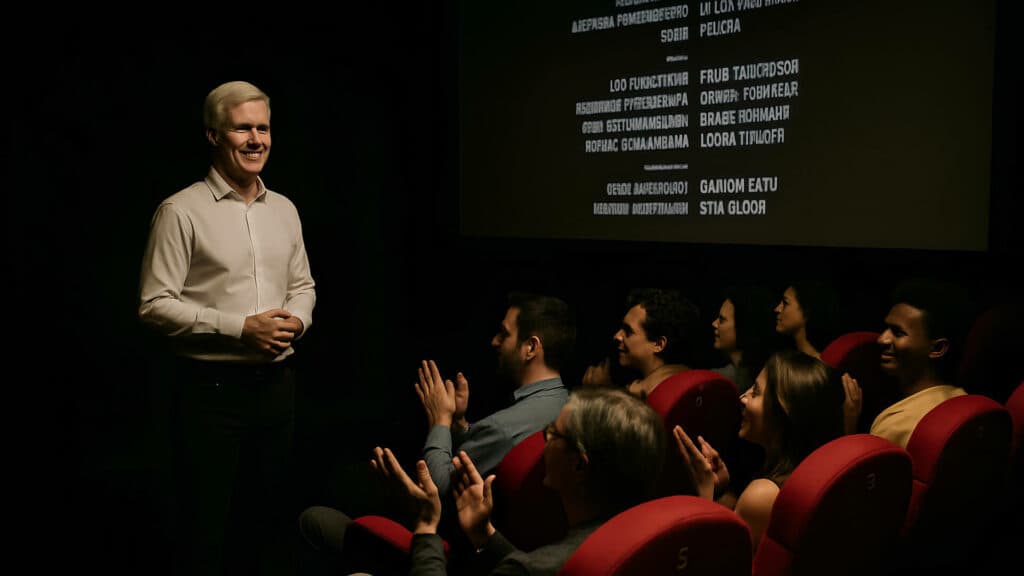Lights, camera, action! Have you ever nurtured an idea for a film’s story, but been clueless on what to do next? The questions plague your mind—Where to begin? How to break it down on paper? If there is any method to it? Well, it is not really rocket science as much as creative genius!
Not to worry, we are here to take you on a step-by-step guide, all the way from breaking down a screenplay into manageable pieces, to helping you visualise it, and ultimately, write! So, grab your notepads, put on your filmmaker’s hat, and let’s get rolling!
1. Understanding the Three-Act Structure: A mainstream screenplay follows a classical Three-Act structure, which involves establishing the initial setup, introducing the conflict, and concluding with a resolution. Following this structure helps break the screenplay into smaller, more manageable parts.
The Three-Act structure is the foundation of any screenplay for a mainstream film. It is crucial to break down this structure into smaller parts. The first act introduces the setting and characters while laying foundation to the story’s premise. In the second act, the stakes are raised, and obstacles are presented as the story progresses towards the conflict. Finally, the third act resolves the conflict, leading to a satisfying conclusion. Dividing the screenplay into these three sections allows for an enhanced management of the narrative pace, and aids in pinpointing inconsistencies. In addition, it guarantees that each act encompasses the story’s vital components.
2. Scene-by-Scene Breakdown: Once you have a rough idea of the overall story arc, break it down into scenes and sequences.
Once you have broken down the screenplay into the three-act structure, the next step is to divide it into the next manageable part: scenes. The length and number of scenes will vary depending on the story, but the key is to ensure that they all contribute to the story’s overall arc. Each scene should be thematically congruent, have a clear purpose, and move the story forward by advancing the plot and/or developing the characters. By breaking down the screenplay into scenes, you will have a clear idea of how the story should progress, making it easier to visualise and write.

3. Determine the Tone and Style: The tone and style are critical to a screenplay, and you should work on this from the early stages. Some scripts may require a light and comedic tone, while others require a darker feel.
Every screenplay’s unique tone and style should be established early on. While the story’s premise may dictate some of the tones, the decision lies with the screenwriter’s intentions for the film. If it is a genre film, generic conventions will play a significant role in the tone. The style should also be incorporated into the script, from the dialogue to the camera angles. Establishing the tone and style will help you maintain consistency throughout the story, making it easier to write and visualise.
4. Define Character Arcs: Character arcs are the characters’ journey through the story. Each character should have a clear arc, with a beginning, middle, and end.
Establishing character arcs is crucial to any screenplay, as it gives the characters a journey to follow throughout the story. Each character should have an arc, whether it is the protagonist, antagonist, or supporting character. The arc should have a clear beginning, middle, and end, with the character overcoming obstacles and facing challenges along the way. By breaking down the screenplay’s characters into arcs, you will better understand how they fit into the story and how their journey contributes to the overall narrative.
5. Ensure Plot Continuity: One benefit of breaking the screenplay into pieces is that it ensure continuity. For example, you can track the plot points, plot holes, and character arcs from the beginning to the end.
Breaking down a screenplay also helps ensure continuity throughout the story. You can identify and address any inconsistencies or plot holes by dividing the story into smaller parts and tracking the plot points and character arcs. This step is especially critical in films with complex storylines or multiple characters.

6. Remember The Theme: A screenplay should have a theme or a message that it intends to leave behind. Ensure that this thought remains in the foreground throughout the breakdown and is conveyed effectively.
At the heart of every screenplay is a theme that the writer wants to develop and explore. To establish the tone and style it is essential to identify this theme right from the early stages and to ensure that it is woven consistently throughout the story. The theme can be explored through dialogue, character arcs, and narrative. Breaking down the screenplay into smaller parts can help you keep track of the theme’s presence and ensure that the plot progression develops and conveys it effectively.
7. Use Advanced Tools: There are many technology-based tools available these days. Make use of them. You could stick to the traditional methodologies too, of course. Just ensure that ultimately it serves the purpose of breaking down your screenplay.
A variety of tools can help in the breakdown process, from traditional ones like mind maps and note-taking to technology-based tools like screenwriting software. Beat sheets, character maps, and outlines can also help track the screenplay’s progress. These tools help you visualise the story and ensure every element is present and accounted for in the final draft.
And there you have it, folks! By following these steps, you will most definitely find it easier to achieve your story’s structure, pacing, tone, and character arcs, making it a lot easier to visualise and eventually write. Remember, every screenplay is unique, and the breakdown process will vary from writer to writer. But the aforementioned points will remain common to all. You will get one step closer to bringing your story to life and on to the big screen keeping them in mind. So grab a pen and paper (or laptop, whatever suits you!), initiate the journey, and transform your ideas into full-fledged works.
About the Author
No comments yet.
Got Something to add to this article?
Your email address will not be published. Required fields are marked *












